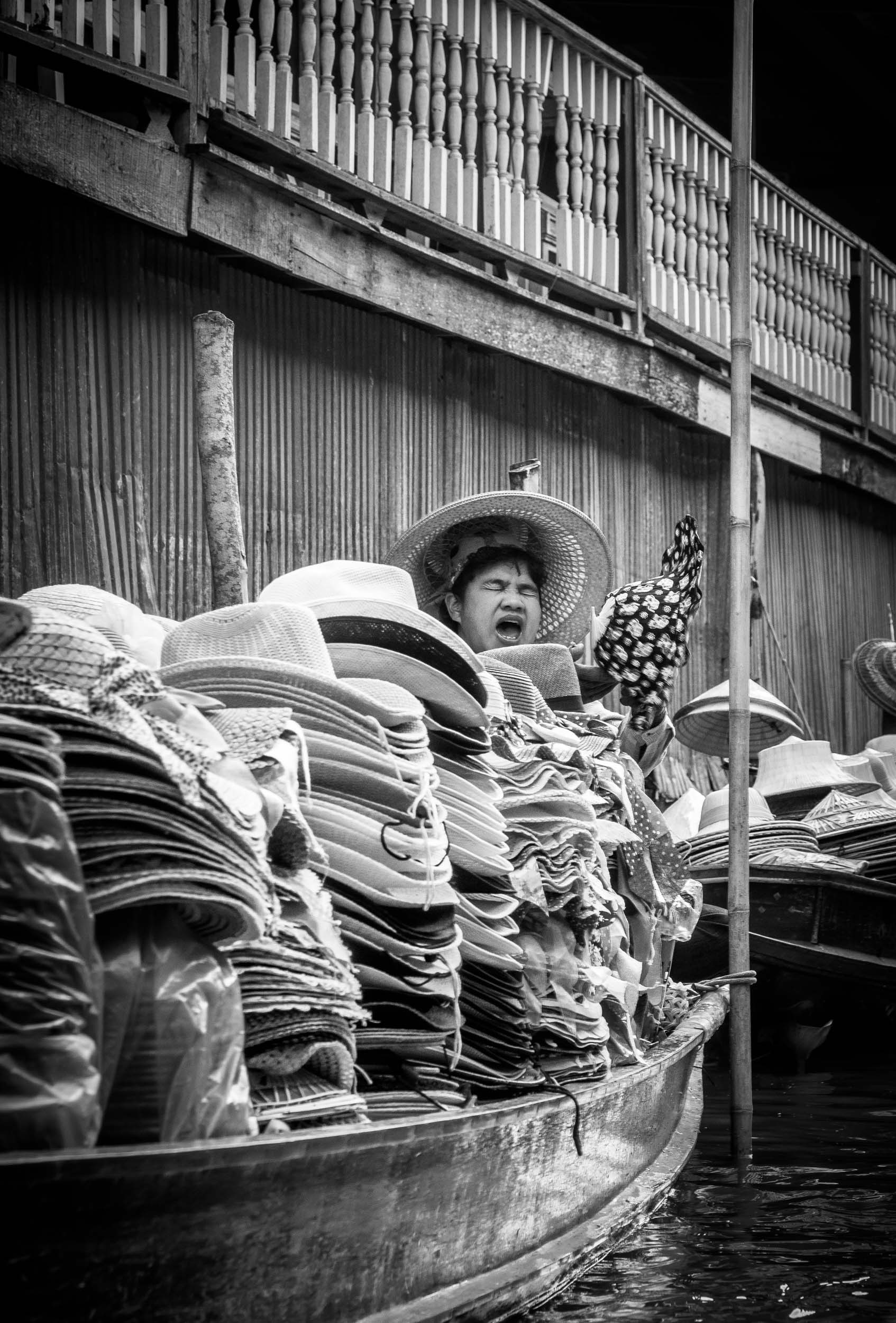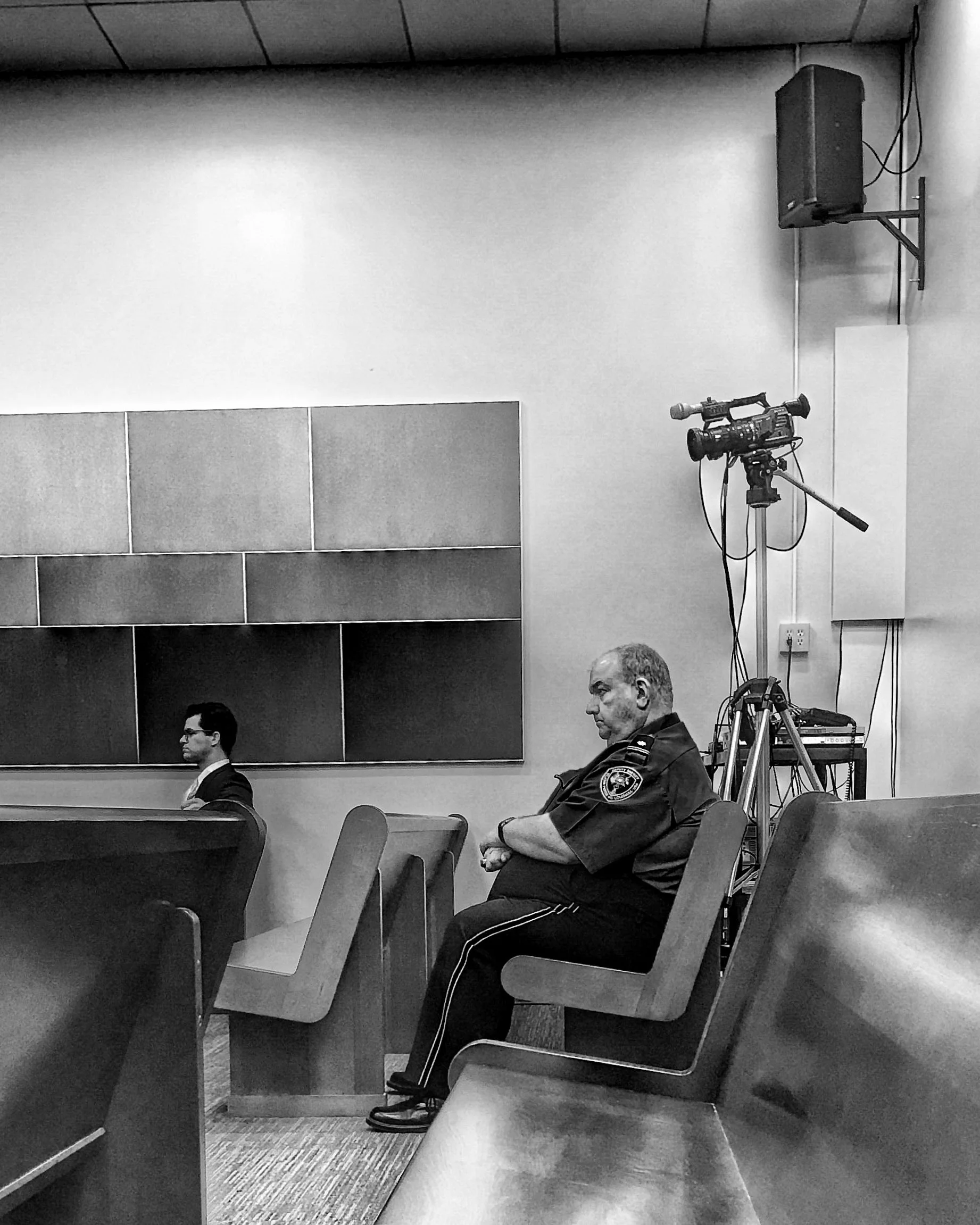Types of Street Photography - Candid Street Photography
If you put a group of street photographers together you are likely to have a lively discussion. What is the definition of street photography? Does street photography have to be candid? Does it have to be shot on the street or even in a public place? Does it have to include people?
When I came across an article about the types of street photography by Spyros Papaspyropoulos of Street Hunters, it was so definitive that I thought, well, at least there is community agreement about the types of street photography. Of course, there is not. Today’s blog is about candid street photography which is almost universally recognized as a type of street photography. Other types of street photography will be discussed in subsequent blogs with these goals in mind:
1) To give a name or classification to the type, so that if you see a street photo of this type and are so inclined, you can identify its classification and think about how it fits into the broad category of types of street photography. This process will also allow you to see how the various types of street photography overlap, because street photos are sometimes more than one type.
2) Identify the famous photographers whose works fall in that category. Internet searches will always give you an opportunity to see photographs of famous photographers that cannot generally be reproduced, for example, in a blog like this. You can see what is regarded as the best work. You possibly can see how the type of photography has evolved over time. Most important, you can see what has already been done. That leads into a glib observation, "No point in reinventing the wheel." It is true that the goal is to develop your own street photography style, but there is much to be learned from the masters.
The most agreed upon type of street photography is candid street photography. It has these characteristics:
1) It captures of the day to day lives of people in their daily surroundings.
2) It is candid photography; that is; people are unaware of the presence of the photographer.
3) It tends toward being documentary or journalistic.
4) There is a balance between people, the environment, the story and the feeling.
5) It was traditionally shot with a focal length of 35mm to 50mm.
Selling Hats in Ratchaburi, Thailand.
The most famous candid street photographers are Henri Cartier-Bresson (1908-2004) and Robert Doisneau (1912-1994). They set the standards for street photography, in general, and candid street photography, in particular. If you click on their names you will be redirected to a website gallery of their photographs.
Almost every street photographer takes some classic or candid photos. This is an easy entry point to street photography because smart phone cameras are perfect starter devices for candid, documentary style photography. They are inconspicuous, always with us and have focal lengths, which vary by brand and model, of about 30 mm.
Keeping a Community Meeting Safe taken with an iPhone7.
As you might imagine, the fact that you have taken a candid picture of people in a public setting does not mean that it is a compelling picture. If you go out to take this kind of photograph, look for interesting scenes. Henri Cartier-Bresson often used juxtaposition; that is, employing compositional contrast like young versus old, large versus small, anything that your viewer will perceive as opposites.
There Is a Moment When Old and New Pass
Also compelling are photos that have compositional connection, such as a repetition of color, people being spread out evenly, any group of things that the viewer will see as similar.
Selfies in Sarajevo
Photos that show a universal expression such as pleasure, surprise, or distress tend to be more interesting. Composition counts a lot in street photography, so the more familiar you are with the principals of photographic composition, the better chance you have to produce a good candid street photo.
Exercise
Look through your photos and identify three or more that fall into the candid street photography type. What compositional tools did you use? Do they have compositional contrast or connection? If you post a candid street photo on Instagram or Facebook, please add the hashtag #dbwstreet so that I can see the post.






